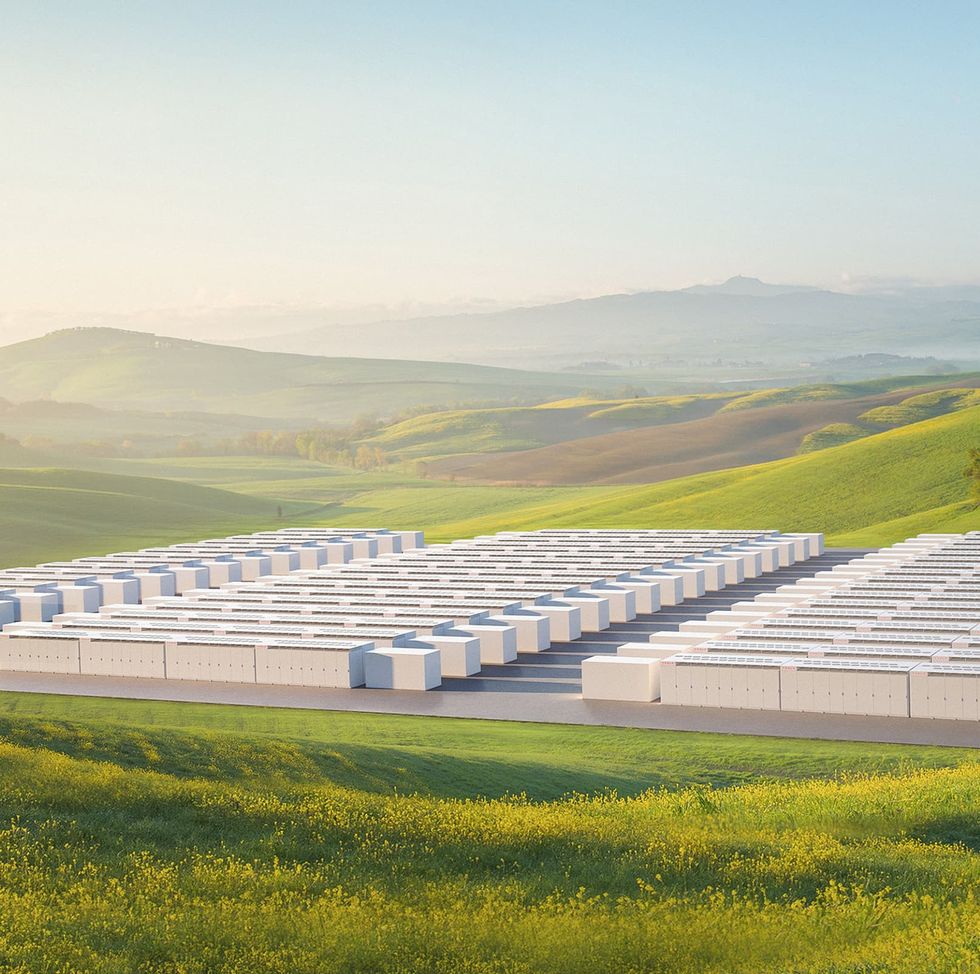
Elon Musk's battery farm
More than two years after winning an electricity bid, Elon Musk's resulting Australian solar and wind farm is a near success. The facility serves rural South Australia, which is densely populated between Wyoming and Alaska, the two least densely populated states in the United States.
In 2016, South Australia suffered a near-total blackout after "an apocalyptic storm, with 80,000 lightning strikes and at least two tornadoes", Vox explains. Afterwards, a conservative politician blamed the push for renewable energy for the scale of the blackouts.
For those who are even familiar with Musk and Tesla's online presence, the rest won't be surprising. Tesla's battery chief said he was sure the company could do better, an Australian billionaire asked if he was serious, and Musk jumped in to promise that his team did. This content is imported from Twitter. You may be able to find the same content in another format, or you may be able to find more information, at their web site.
The rest is history. Musk reached his target 40 days early, and the Australian billionaire funded the project as promised. We can argue about whether or not private citizens should rely on a billionaire angel investor for a stable energy supply or to make the switch to renewables, but in this case, the gamble benefited a disadvantaged rural population almost from the outset.
What is the secret? Well, there really isn't one. The Hornsdale Power Reserve, owned by Neoen, is literally a facility full of Tesla PowerPacks that receives and stores energy from nearby wind and solar farms. By storing energy up to its 100 MW capacity, this "battery" can absorb brief failures in the surrounding grid, reducing outages for residents and easing the burden on businesses or facilities that lose money, products and more during those outages. It could also reduce the amount of fossil fuel burned to power backup generators.
The dedicated battery farm can power 30,000 homes for one hour, relieving the load on the grid during hot summer days when failures are more likely to occur. "Hornsdale and other grid-scale batteries offer a way to cope with the variability of wind and solar power, and South Australia is seen as a global test bed in the transition away from fossil fuels, with the state getting more than half of its power from renewable sources last year," Bloomberg reports.
South Australia is home to just 1.7 million people, which is a good size to consider as a test market for such a technology. Rural networks tend to lag behind, because the ratio of hardware and infrastructure required is still very high per consumer, much higher than in a large city, where the same short length of cabling could power thousands of homes. And building a facility that acts as a battery can help smooth the natural ebbs and flows that come from both renewable energy technology and the dispersed, fault-prone nature of the more rural sections of the grid.
This smoothing has saved South Australians a lot of money, far more than the $50 million Tesla passed on to its Australian investor. Installing the battery "reduced grid costs by about A$116 million ($76 million) in 2019," Bloomberg explains, "a saving that [Garth] Heron, [Neoen's head of development in Australia] said would be passed on to businesses and households in the state." The introduction of the battery also reduced the cost of regulating the South Australian grid by 91 per cent, bringing it in line with other regions of the country."
SOURCE : https://www.esquire.com/es/ciencia/a39347993/elon-musk-granja-baterias/
